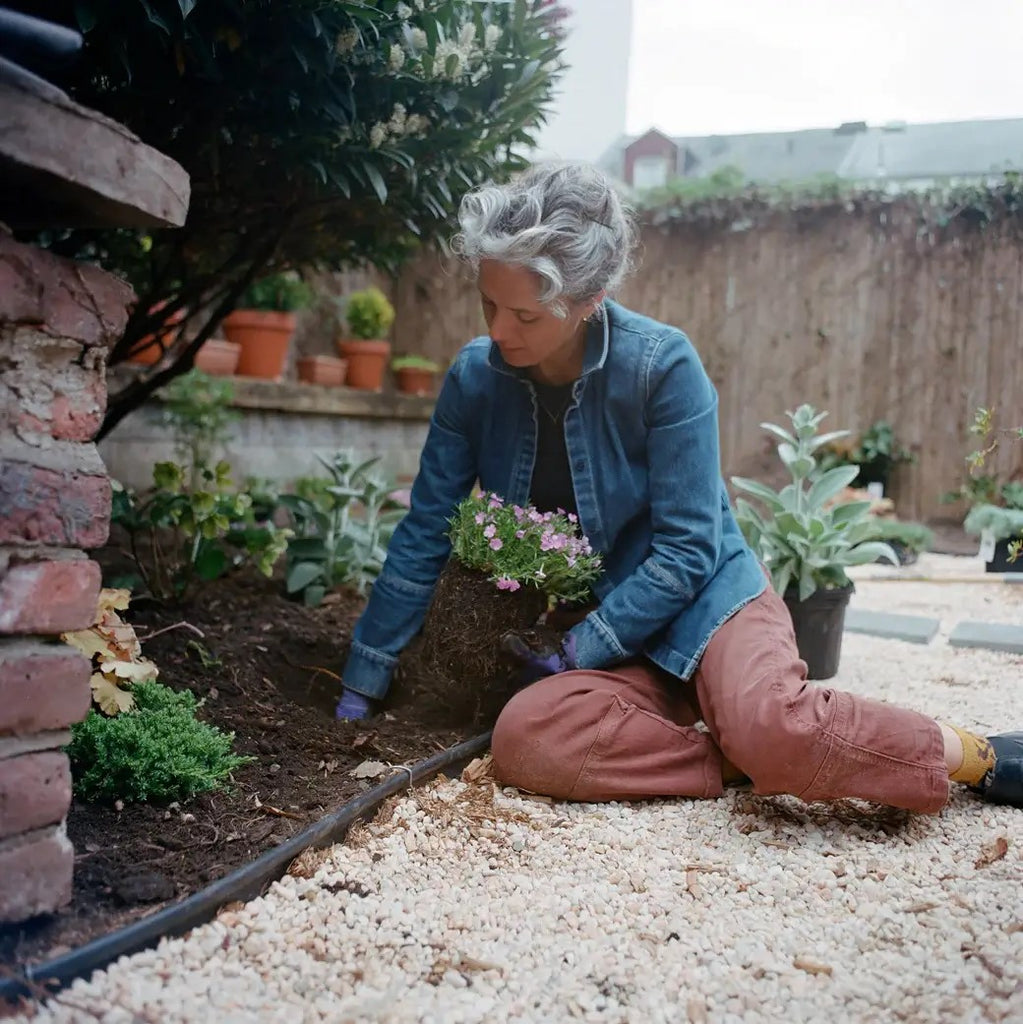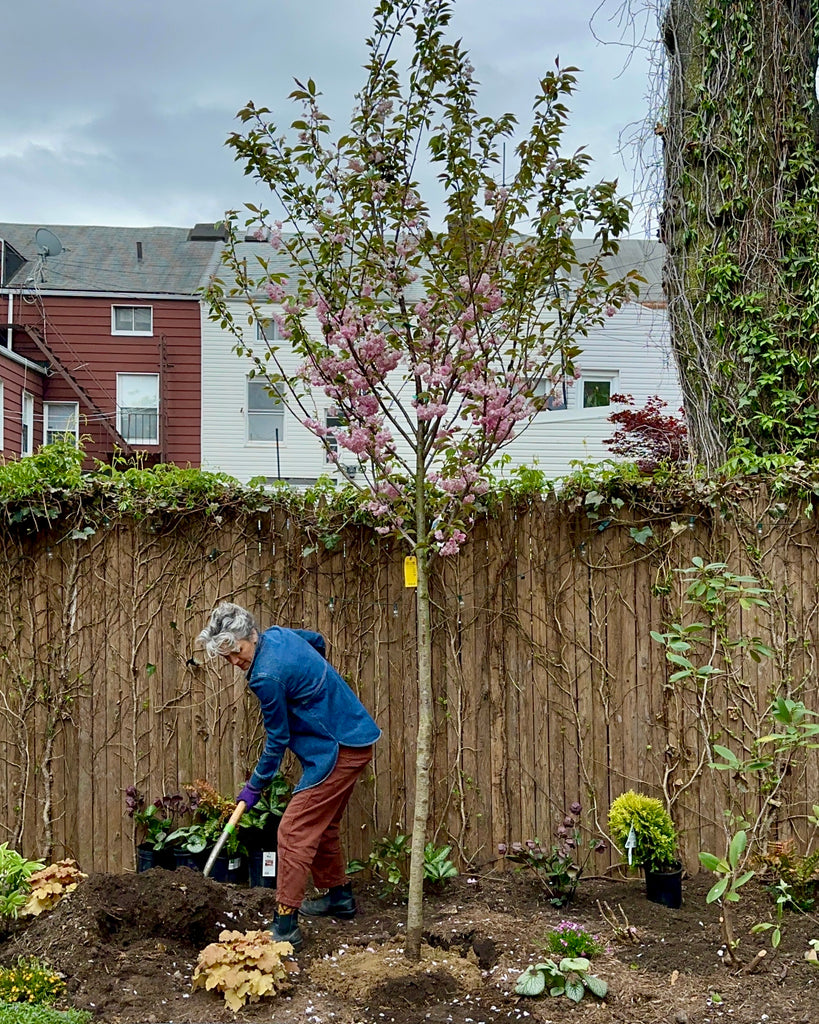How to Prepare Your Garden’s Soil for Spring Planting

Avid gardeners always look forward to the months of spring when a whole range of plants, flowers, and produce is in season. It’s easy to get carried away with planning all the different flowers and crops you want to grow, but it’s worth taking some time to prepare your garden soil so it’s ready to support that growth.
Ensuring your soil is prepped right is perhaps the most important step in building your indoor or outdoor garden. This involves tasks like checking the soil’s health, adding materials to it to help it replenish the necessary nutrients, and perhaps even changing the soil mixture.
Here is a quick primer to help you prepare your garden soil for spring planting.
Test Your Soil
The first thing you want to do is to test the soil in your garden or in your indoor planters to ascertain its viability for the plants you want to grow. There can often be an imbalance in the soil, especially after a fallow period or if you’re changing up your plants for a new season. If you plant There are two main things to test for in your dirt/soil when preparing your garden.
Soil Nutrients
The composition of nutrients in your soil tells you how fertile or otherwise it is. Without adequately fertile soil, you can’t hope to have a healthy crop. The main nutrients most plants require are nitrogen (N), potassium (K), and phosphorus (P), along with magnesium and calcium. You will typically see fertilizer packets labeled ‘NPK’, often with a ratio or net weight for each nutrient.
What you want is a balanced concentration of all three nutrients when you prepare your dirt/soil for your garden. A soil test will tell you which nutrients are missing and which ones are in overabundance. Accordingly, you may want to rectify the issue by adding more of the missing nutrient or flushing your soil with plain pH-balanced water.
Soil pH
The other thing a soil test will give you is its pH content. Soil pH affects the availability of soil minerals and nutrients to the plants as well as how the nutrients react with each other. Very low or very high pH can result in nutrient deficiency or nutrient toxicity for your plants.
The ideal pH range is from 6.0 to 7.0 for most garden plants, offering ideal microbial activity in the soil. However, certain plants can be more sensitive or more permissive when it comes to pH ranges. Plan what you want to grow and do your research on what those plants can tolerate as you prepare your garden soil.
Adjust Your Soil Type
If you plan to change up some of your plants from your typical spring garden, you may also want to look into changing your soil type. There are three main types of soil: clay/heavy soil, sand, and silt. The ideal soil texture is called loam, which contains equal parts clay, sand, and silt.
Loamy soil will typically crumble very easily in your hand. It doesn’t ball up when you grab a handful or crack into pieces when dry. However, even if your garden’s soil isn’t perfectly loamy, it’s not an issue. You can easily rectify it as you prepare to optimize your garden soil.
- Clay Soil: Clay soil often feels wet and sticky. It has very fine particles that will easily clump together and hold a shape when you roll it into a ball. It also makes for poor drainage and underground oxygenation. You can improve it by adding lots of organic matter, including compost, as well as perlite and pumice as you prepare your garden soil.
- Sandy Soil: In some ways, this is the opposite of clay. It’s very loose and crumbly and drains very quickly, making it very difficult for your plants to absorb water and nutrients. You can rectify this with compost and well-aged manure.
- Silty Soil: Like clay, silt too can get very compacted. You can fix it by adding an inch or so of organic matter, such as compost, wood shavings, and decayed sawdust. You may also want to avoid unnecessary tilling as you continue to prepare your garden soil.
Improve Your Soil

Once you have a handle on what your soil needs, you can begin improving it. If you have an outdoor garden, start by clearing out any rocks, debris, weeds, and diseased plants.
Next, grab a spade and loosen up the soil to a depth of at least 8-12 inches so that the roots have sufficient space to reach down. If you use planters, you may want to repot them entirely. Once you’ve done that, you’re ready to start preparing your garden’s dirt/ soil by balancing its texture and nutrients.
Compost and aged manure are ideal additions for indoor as well as outdoor plants. They provide a healthy balance of nutrients to the soil, but also drain well and help provide a stable anchor for your plants’ roots. Spread at least an inch-high layer of organic matter over your soil.
If this is your first garden, you may want to leave the compost and manure in for a month or so before you start preparing the soil for spring planting. This approach will expose fewer weed seeds and doesn’t disturb the soil structure, allowing earthworms to work through the soil for you.
You can also choose to buy the ideal soil mix for your plants from Tula House, including our Tropical and Arid soil mixes, and save yourself a ton of effort.
Begin Planting/Seeding
Once you finish preparing your garden’s dirt/soil, you can start adding plants or seeds to your garden or transplanting some of your indoor plants. The idea is to choose plants that are suitable for spring and for your region. However, with a little work, you can provide a good home for plants that aren’t strictly native either.
For your outdoor garden, add a layer of mulch over the soil’s surface after planting to protect the roots from the elements. Keep up with regular maintenance, including adequate watering, and keep an eye out for weeds.
Let the Professionals Help
If you’re unsure of exactly how to prepare your garden’s soil, you can always reach out to Tula House. We are a plant shop and botanical experience. We offer a range of exotic plant varieties curated from around the world. We also have a wide array of plant care products, including our very own soil mixes, pest spray, tools, and more.
If you lack the time to maintain your own indoor or outdoor garden, we even offer at-home plant care services to ensure your floral friends are happy and healthy. Reach out to Tula House today. Our expert horticulturists will be happy to offer you some guidance on how to begin preparing your garden’s dirt/soil for spring planting.NYC DELIVERY COLLECTION
Tula House Plants
We promise to source the most healthy, and extraordinary plant species while creatively educating you on how to best care for them at home.
Tula House Design
With an equal love for plants and design, we craft original products, photography, videos, apparel, illustrations, and educational materials to inspire people to stay curious about the natural world.
Tula House Gardens
Whether your goal is to create a healthy environment for your employees, impress customers with unique plant design, or enhance the overall atmosphere of your space, our team of designers and horticulturists will meet your needs.




